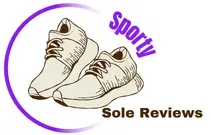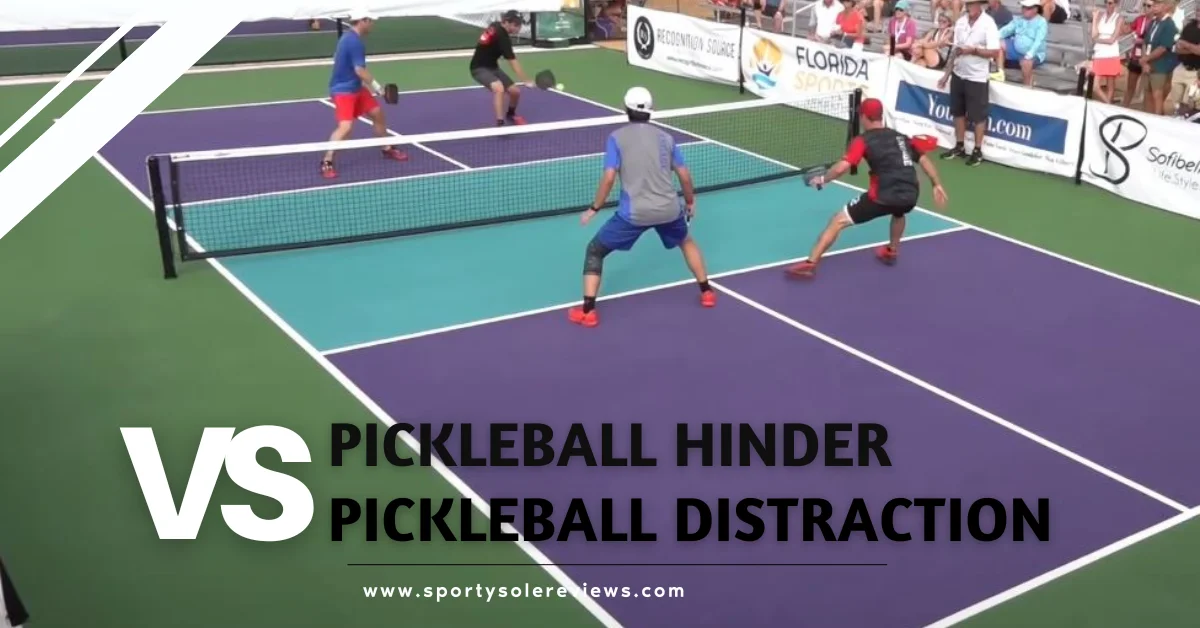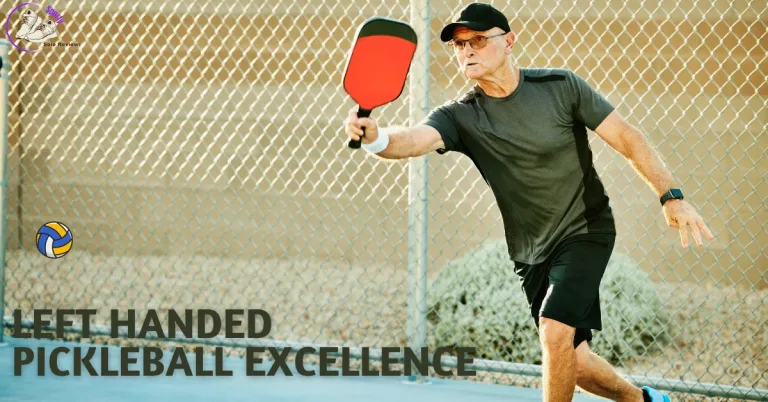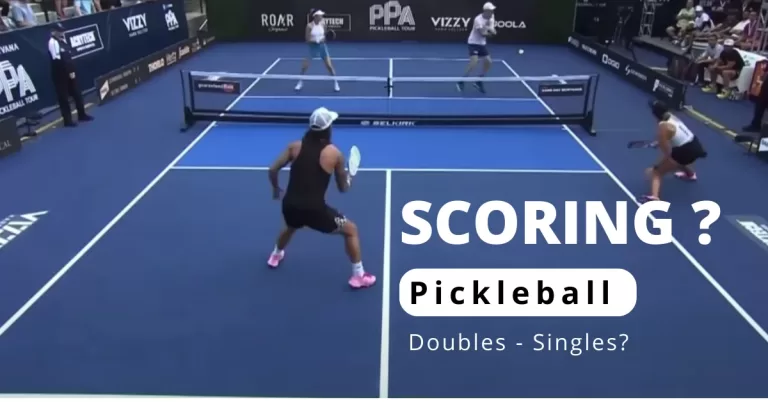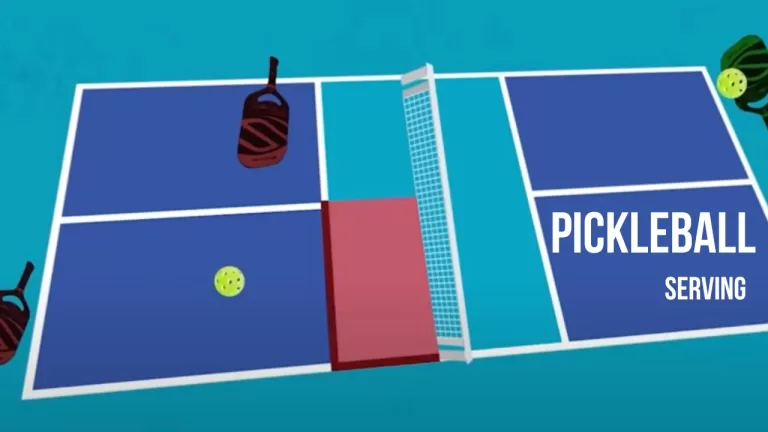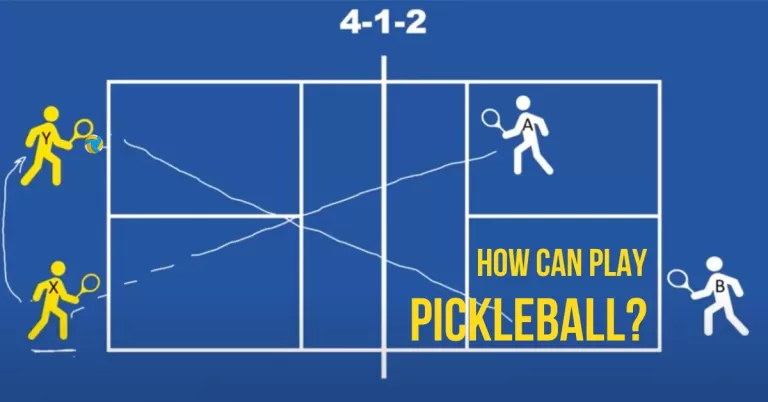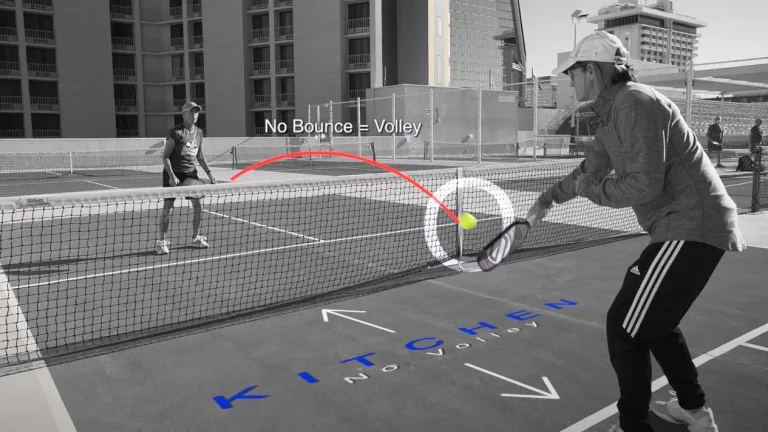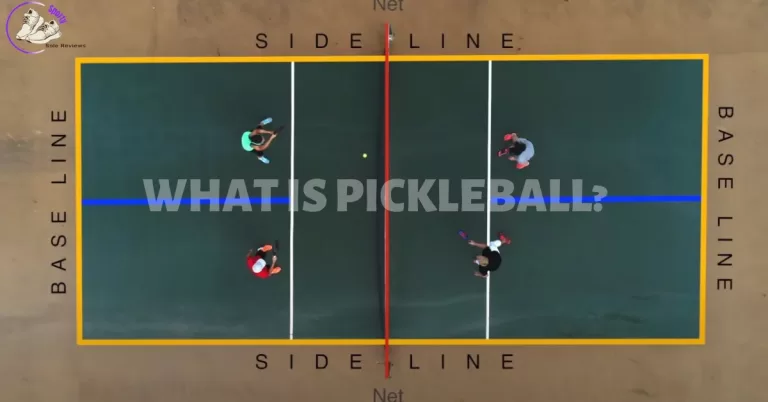Curious About Pickleball Etiquette? What’s the Deal with Hinder vs Distraction?
When playing pickleball, you may come across hindrances and distractions on the court. However, comprehending how they differ can be confusing. But fear not, as I embark on a journey to clarify these concepts and provide you with the knowledge to handle them with ease. By the end of this article, you’ll have a clear understanding of pickleball hinder vs distraction actions, empowering you to enhance your gameplay and contribute to a harmonious pickleball experience.
Pickleball Hinder vs Distraction
| Aspect | Pickleball Hinder | Distraction |
|---|---|---|
| Definition | The act of impeding or obstructing the opponent’s shot or movement in pickleball. | The state of being distracted, diverting attention away from the game. |
| Intention | Deliberate action to gain an advantage or disrupt the opponent’s play. | Unintentional, may result from external factors or personal lapses in concentration. |
| Impact | Can be a strategic move to influence the game’s dynamics. | May negatively affect performance and outcomes. |
| Consequences | Can lead to penalties or loss of points if deemed unfair or intentional. | May result in missed opportunities or errors. |
What is a Hinder in Pickleball?
In pickleball, a hinder refers to any transient element or occurrence, not caused by a player, that adversely impacts the gameplay. It can be something physical or external that affects a player’s ability to make a play on the ball. As a playr, i explore some examples and the guidelines set by the USA Pickleball Official Rules regarding hinders.
Physical Hinders
Hinders in pickleball can include various physical elements. For instance, flying insects that disrupt a player’s concentration or impede their movement on the court are considered hindrances. Although the insects may appear larger than they actually are in the official rules, they can still affect gameplay and be acknowledged as hindering situations.
Foreign Objects as Hinders
Foreign objects can also be classified as hindrances in pickleball. If there are balls, debris, or any other foreign material on the court that interferes with a player’s ability to make a play, it is considered a hinder. It is important to note that the presence of foreign objects can disrupt the flow of the game and impact fair play.
Hinder Calls and Dead Balls
When a hinder is called by either a player or the referee, it results in a dead ball. The referee has the authority to determine the validity of the hinder called by the player. If the hinder is deemed valid, a replay will be initiated, allowing the players to redo the point without any penalties.
Definition and Explanation of a Distraction in Pickleball
In pickleball, a distraction occurs when a player engages in actions on the court that intentionally divert their opponent’s attention. This can include making loud noises, stomping feet, waving the paddle in a distracting manner, or engaging in any physical actions that interfere with the opponent’s concentration or ability to hit the ball. Unlike a hinder, a distraction is considered a fault against the offending team, resulting in a penalty.
Examples of Actions Considered a Distraction
Several actions can be classified as distractions in pickleball. One example is making loud noises to disrupt the opponent’s focus and concentration. Another example is stomping feet or engaging in exaggerated movements that are not common to the game. These actions are meant to interfere with the opponent’s ability to hit the ball effectively. Additionally, if an opponent talks or yells just before the player is attempting to hit the ball, it is considered a distraction and a fault.
How Distractions are Penalized in Pickleball
When a distraction occurs in pickleball, the referee immediately calls a fault on the offending team. This penalty is enforced the moment the distraction is identified. The fault results in a point being awarded to the opposing team. It is important for players to be aware of the rules regarding distractions and to refrain from engaging in actions that interfere with their opponent’s gameplay.
Key Differences of pickleball Hinder vs Distraction
Understanding the differences between pickleball hinder vs distraction in pickleball is crucial.
Intent and Execution
- Hinder: Unintentional obstruction that prevents a player from making a play on the ball.
- Distraction: Deliberate action to divert the opponent’s attention and disrupt their focus.
Rules and Penalties
- Hinder: Point is replayed, with a warning issued for the offending player. Repeated hindering can lead to more severe penalties.
- Distraction: Immediate fault called, resulting in a point awarded to the opposing team.
Impact on Fair Play and Sportsmanship
- Hinder: Natural part of the game, but players should strive to avoid hindering opponents whenever possible.
- Distraction: Considered unsportsmanlike behavior, undermines fair play, and goes against the spirit of the game.
Strategies to Deal with Hinders and Distractions
Dealing effectively with hinders and distractions in pickleball is essential for maintaining focus and ensuring fair play. Here are some strategies to help players handle these situations with confidence.
Handling Hinders
- Stay Alert: Pay close attention to your surroundings and anticipate potential hindering situations. Be aware of stray balls, obstacles on the court, and your opponent’s positioning.
- Adapt and Adjust: If a hinder occurs, quickly assess the situation and adjust your play accordingly. Change your shot selection or positioning to overcome the obstacle and maintain momentum.
- Communication: Coordinate with your partner and communicate effectively to avoid hindering each other. Maintain clear signals and verbal cues to ensure smooth gameplay.
Maintaining Focus Despite Distractions
- Mindfulness: Develop mental resilience and focus on the present moment. Practice mindfulness techniques, such as deep breathing and visualization, to stay centered and block out distractions.
- Routines and Rituals: Establish pre-shot routines and rituals that help you maintain focus. These can include bouncing the ball a certain number of times or taking a deep breath before each serve.
- Positive Self-Talk: Use positive affirmations and self-talk to stay motivated and confident. Remind yourself of your skills and abilities, focusing on your game rather than getting distracted by opponents’ actions.
Promoting Fair Play and Enjoyable Game Environment
- Lead by Example: Demonstrate good sportsmanship by avoiding intentional distractions and hindrances. Show respect to your opponents and maintain a positive attitude throughout the game.
- Address Concerns: If you believe your opponent is intentionally distracting or hindering, politely bring it to their attention or inform the referee. Encourage open communication to resolve any issues and maintain fairness.
- Create a Supportive Atmosphere: Foster a friendly and inclusive environment by encouraging fair play and applauding good shots from both teams. Celebrate the game as a collective experience, emphasizing enjoyment and camaraderie.
In the game of pickleball, hindrances and distractions can test your focus and sportsmanship. However, with the right strategies, you can overcome these obstacles and maintain a fair and enjoyable game. Stay alert, adapt to hindrances, and practice mindfulness to combat distractions. Lead by example, address concerns, and create a supportive atmosphere for all players. Remember, pickleball is about camaraderie and skill.
Key Takeaways
- Stay alert and adapt to hindrances on the court.
- Practice mindfulness techniques to maintain focus despite distractions.
- Lead by example and address concerns to promote fair play.
- Create a supportive and inclusive atmosphere for all players.
Are hindrances and distractions the same thing in pickleball?
No, hindrances and distractions are different in pickleball. Hindrances are unintentional obstructions, while distractions are deliberate actions to divert opponents’ attention.
How can I handle hindrances effectively during a game?
To handle hindrances effectively, stay alert, adapt and adjust your play, and maintain clear communication with your partner to avoid hindering each other.
What strategies can I use to maintain focus despite distractions?
To maintain focus despite distractions, practice mindfulness techniques like deep breathing and visualization, establish pre-shot routines and rituals, and use positive self-talk to stay motivated and confident.
Is it acceptable to intentionally distract my opponents in pickleball?
No, intentional distractions are considered unsportsmanlike behavior and go against the spirit of the game. It is important to maintain fair play and respect your opponents.
How can I create a fair and enjoyable game environment for all players?
You can create a fair and enjoyable game environment by leading by example, avoiding intentional distractions or hindrances, addressing concerns with politeness, and fostering a supportive atmosphere that celebrates good shots from both teams.
